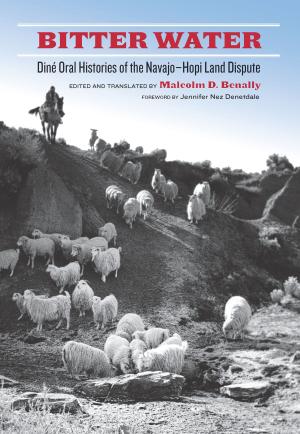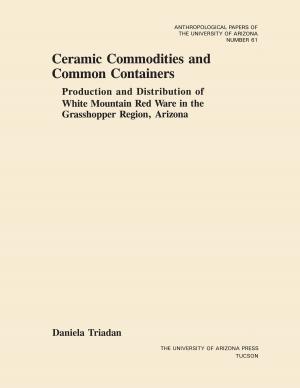The Aztecs at Independence
Nahua Culture Makers in Central Mexico, 1799–1832
Nonfiction, Social & Cultural Studies, Social Science, Cultural Studies| Author: | Miriam Melton-Villanueva | ISBN: | 9780816534630 |
| Publisher: | University of Arizona Press | Publication: | October 25, 2016 |
| Imprint: | University of Arizona Press | Language: | English |
| Author: | Miriam Melton-Villanueva |
| ISBN: | 9780816534630 |
| Publisher: | University of Arizona Press |
| Publication: | October 25, 2016 |
| Imprint: | University of Arizona Press |
| Language: | English |
Nahuatl-speaking women and men left last wills in their own tongue during an era when the written tradition of their language was generally assumed to have ended. Describing their world in testaments clustered around epidemic cycles, they responded to profound changes in population, land use, and local governance with astonishing vibrancy.
The Aztecs at Independence offers the first internal ethnographic view of these central Mexican indigenous communities in the critical transitional time of Independence. Miriam Melton-Villanueva uses previously unknown Nahuatl-language sources—primarily last wills and testaments—to provide a comprehensive understanding of indigenous societies during the transition from colonial to postcolonial times. The book describes the cultural life of people now called Nahuas or Mexicas in the nineteenth century—based on their own words, their own written records. The book uses previously unknown, unstudied, and untranslated indigenous texts to bring Nahua society into history, fleshing out glimpses of daily life in the early nineteenth century. Thus, The Aztecs at Independence describes life at the most local level: Nahua lineages of ritual and writing, guilds and societies, the people that take turns administering festivals and attending to the last wishes of the dying.
Interwoven with personal stories and memory, The Aztecs at Independence invites a general audience along on a scholarly journey, where readers are asked to imagine Nahua concepts and their contemporary meanings that give light to modern problems.
Nahuatl-speaking women and men left last wills in their own tongue during an era when the written tradition of their language was generally assumed to have ended. Describing their world in testaments clustered around epidemic cycles, they responded to profound changes in population, land use, and local governance with astonishing vibrancy.
The Aztecs at Independence offers the first internal ethnographic view of these central Mexican indigenous communities in the critical transitional time of Independence. Miriam Melton-Villanueva uses previously unknown Nahuatl-language sources—primarily last wills and testaments—to provide a comprehensive understanding of indigenous societies during the transition from colonial to postcolonial times. The book describes the cultural life of people now called Nahuas or Mexicas in the nineteenth century—based on their own words, their own written records. The book uses previously unknown, unstudied, and untranslated indigenous texts to bring Nahua society into history, fleshing out glimpses of daily life in the early nineteenth century. Thus, The Aztecs at Independence describes life at the most local level: Nahua lineages of ritual and writing, guilds and societies, the people that take turns administering festivals and attending to the last wishes of the dying.
Interwoven with personal stories and memory, The Aztecs at Independence invites a general audience along on a scholarly journey, where readers are asked to imagine Nahua concepts and their contemporary meanings that give light to modern problems.















